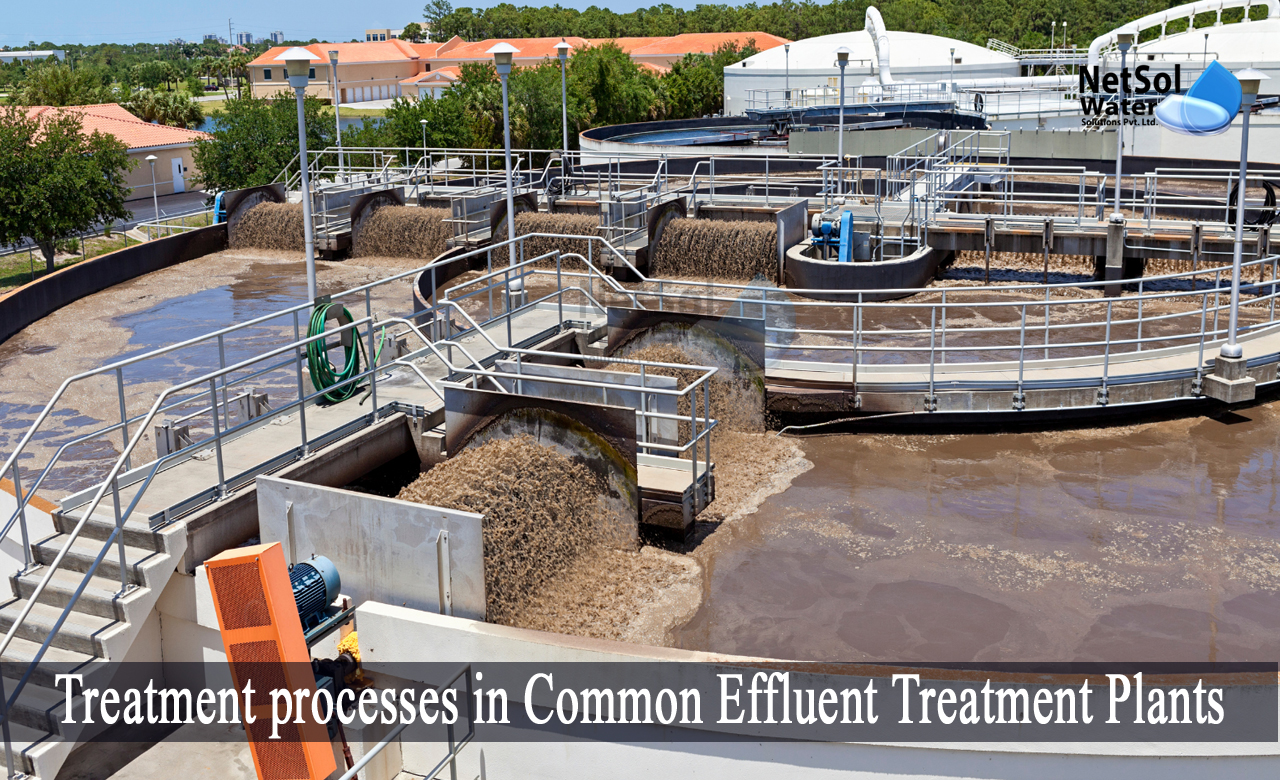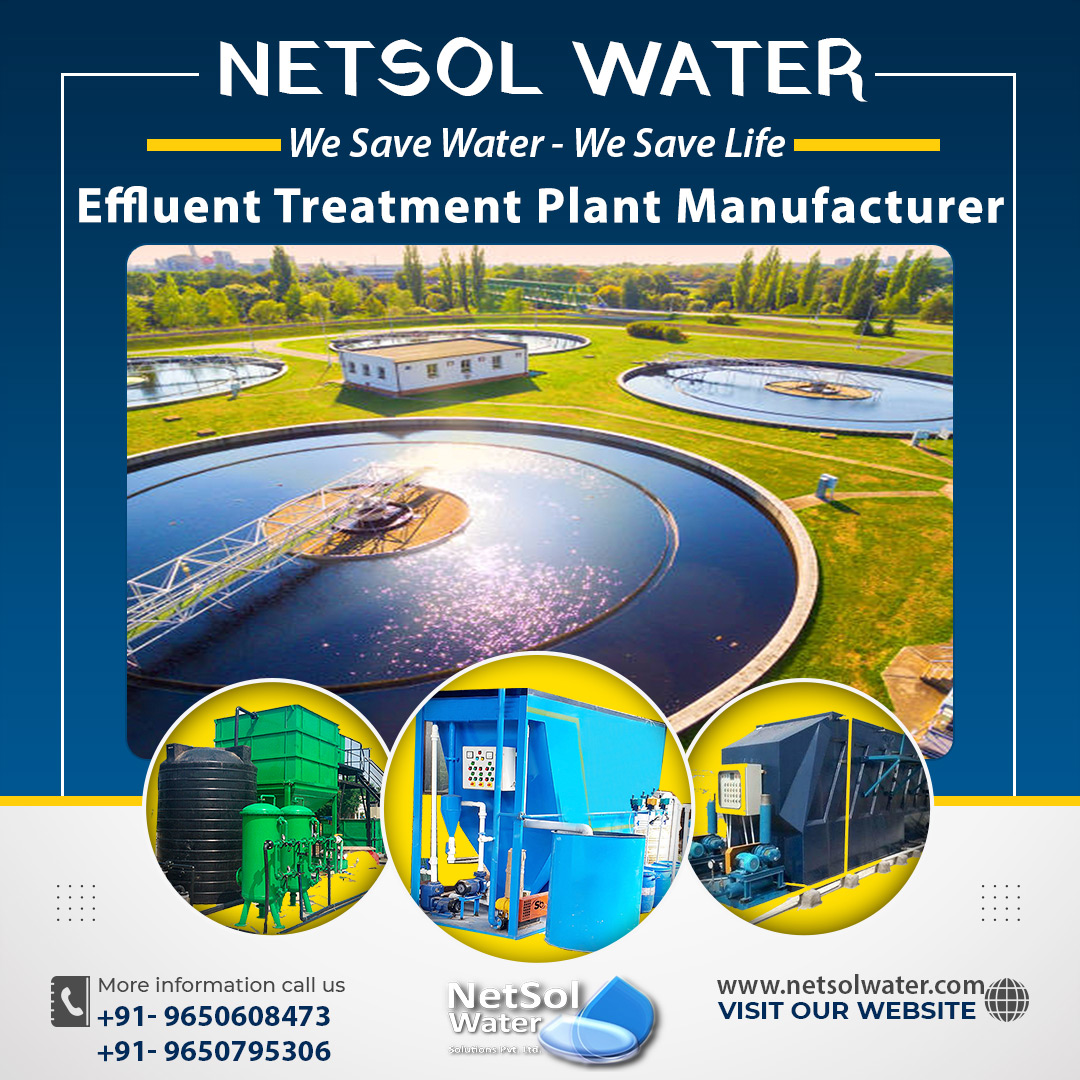What are the Treatment processes in CETP?
Small-scale industrial firms create effluent, which is treated by specialized systems, known as common effluent treatment plants (CETPs). The difficulties that individual effluent treatment plants (ETPs) often face due to a lack of space, resources, capital expense, and specialised labour for operation and maintenance, have a specific impact on these facilities. These problems are minimized, by treating the effluent from several small-scale facilities together on one site.
In this blog, we will discuss about the treatment process in these common effluent treatment systems,or CETPs.
Primary treatment in CETPs
1: Firstly, the waste water is received at the CETP's collection sump, equalized, and delivered to the physico-chemical treatment section, using a raw effluent transfer pump. As a result, effluent is treated with lime solution in a flash mixer, to increase its pH to 8–8.5.
2: Secondly, the effluent from the flash mixer is transferred to the flocculator, where more ferric alum is added, to complete the coagulation of the precipitated and suspended particles. The addition of polyelectrolyte causes the coagulated bulk to flocculate. pH is kept in the range of 7 and 7.5.
3: Lastly, the flocculated mass is collected in the primary flocculator, and the supernatant is then sent for additional treatment, with secondary or activated sludge. At regular intervals, the flocculator's bottom sludge is drained.
Process for Activated Sludge
The biological procedure for treating effluent is activated sludge.
1: Here, the oxidation of organic materials by microorganisms stabilizes the soluble BOD.
2: The oxygen and nutrients that microorganisms require for their metabolism are provided. To achieve a high rate of oxygen transfer efficiency, oxygen is supplied by an air blower, through a non-clog type diffuser membrane.
3: The mixed liquor overflow from the aeration tank is transferred to the second clarity stage, for the gravity-based separation of microorganisms from the treated wastewater.
4: The design MLVSS level in the aeration tank is used to determine the recycle ratio, for the bottom sludge from the secondary clarifier.
5: Through a sludge handling system, extra biomass is discharged. Later on, additional nutrients (DAP) and food (urea) are introduced to the aeration tank.
Secondary Treatment & Pressure sand filter
1: In order to disinfect the secondary clarifier-treated water, hypo-chlorine solution is used.
2: Sand beds with layers of pebbles, gravel, and sand make up pressure sand filters. Water from the holding sump enters the PSF from the top, and passes downward through the filter bed, retaining suspended particles there.
3: The output of the final PSF is then sent to the ACF, which eliminates the chlorine and dissolved pollutants. The effluent from the PSF is then sent onto the following PSF in sequence.
4: After some time in operation, the PSF becomessaturated with suspended solids.To remove the solids, they are backwashed or pressure washed.
5: In order for the sediments to separate, this backwash water is run into settling tanks, where it is subsequently disposed of as waste.
6: To keep the F/M ratio constant, some of this activated sludge (Recycled Activated Sludge) is recycled into the aeration tank.
7: A sludge holding tank is used to collect the extra sludge (Waste Activated Sludge), which is then transferred to a centrifuge/decanter for dewatering.
Treatment and disposal of sludge
In the sludge holding tank, the sludge from primary and secondary tanks is gathered, before being pumped to centrifuge decanter. The dewatered sludge is moved to a storage facility, before being disposed of at a site approved. The equalization tank receives the concentrate from the decanter. The equalization tank also receives leachate from the sludge storage facility for treatment.
Best CETP Manufacturer in India
In conclusion, Netsol Water, have an experience of over 10 years, in the water and wastewater treatment, as well as, expertise in custom-designing and producing industrial wastewater treatment systems, including CETPs. In order to schedule a call with an engineer, or submit a quote request, you can also visit our website. We can guide you through the process of coming up with the best solution, and a reasonable price for your Common effluent treatment system requirements.




